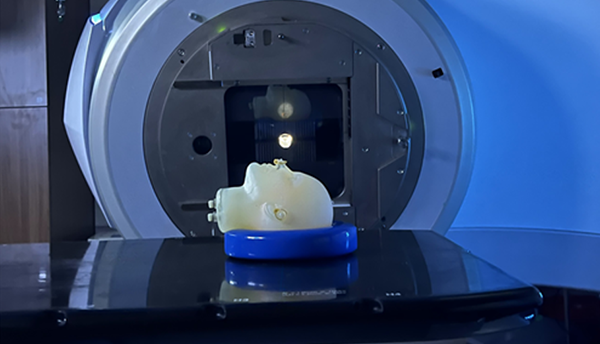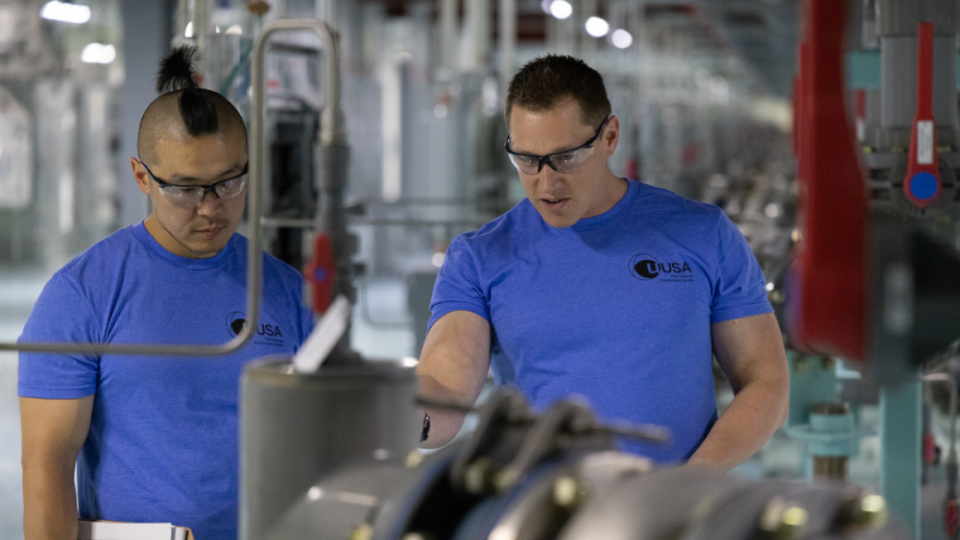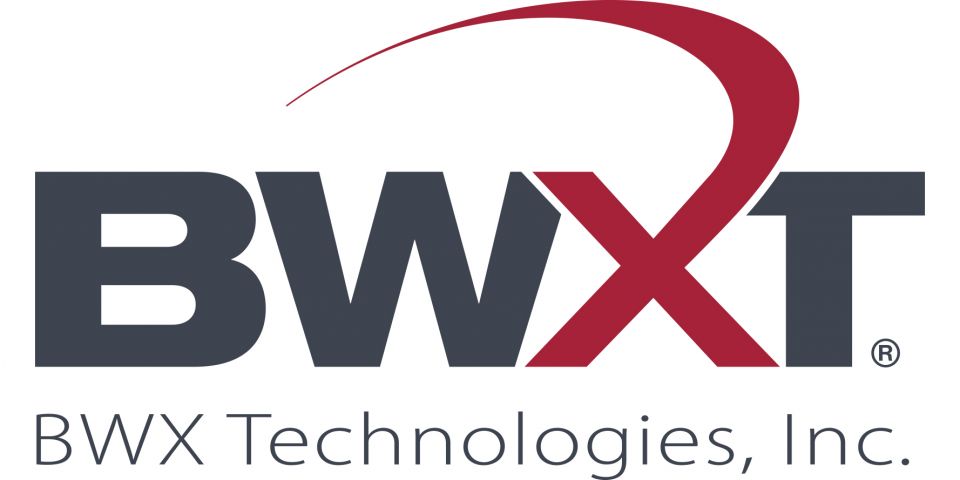The NNSA noted in a March 28 statement that its financial and technical assistance has helped Belgium’s National Institute of Radioelements (IRE) convert its Mo-99 production process from HEU to LEU technology. IRE was the last major medical Mo-99 producer for the U.S. market that still had been using HEU.
Nuclear medicine: Mo-99 is valued in nuclear medicine because its decay product, technetium-99m, is crucial in tens of thousands of procedures, including diagnoses of cancers and heart disease and analyses of organ functions. The traditional way of producing the isotope involves the irradiation of HEU in nuclear reactors—a process that nonproliferation advocates have long sought to halt because of the risk of using stolen or diverted HEU in the production of nuclear weapons.
Most of the medical Mo-99 that is used in the United States is produced in Australia, by Australia’s Nuclear Science and Technology Organization (ANSTO); in Belgium, by IRE; in the Netherlands, by Curium; and in South Africa, by NTP Radioisotopes. ANSTO is the only one of those four suppliers that never used HEU in its production process.
Mo-99 Program: The NNSA’s Office of Material Management and Minimization (M3) manages the Mo-99 Program, which was established by a 2012 directive of Congress for the purpose of converting the production process of all domestic supplies of Mo-99 to HEU-free technologies. M3 manages 50/50 cost-shared cooperative agreements with three U.S. companies—NorthStar Medical Radioisotopes, SHINE Technologies, and Niowave—for the development of domestic Mo-99 production technologies.
At the 2012 Nuclear Security Summit, the NNSA made a commitment to provide financial and technical assistance to foreign producers of medical Mo-99 used in the United States. With this assistance, NTP Radioisotopes converted to an LEU production process in 2017, and Curium made the conversion in 2018.
Research reactors: In addition to its efforts in converting the production of medical Mo-99 to LEU processes, the NNSA has aided operators of nuclear research reactors to convert from HEU to LEU fuel. Of the six U.S. research reactors that are major producers of Mo-99, the NNSA has so far helped five of them finalize conversion to LEU fuel. The sixth is expected to make the conversion in 2026, according to the NNSA.
 After more than a decade of global efforts led by the Department of Energy’s National Nuclear Security Administration, all four major medical producers of the radioisotope molybdenum-99 for the U.S. market are now using low-enriched uranium (LEU) in their production processes instead of high-enriched uranium (HEU), the latter of which presents risks of nuclear weapons proliferation.
After more than a decade of global efforts led by the Department of Energy’s National Nuclear Security Administration, all four major medical producers of the radioisotope molybdenum-99 for the U.S. market are now using low-enriched uranium (LEU) in their production processes instead of high-enriched uranium (HEU), the latter of which presents risks of nuclear weapons proliferation.







